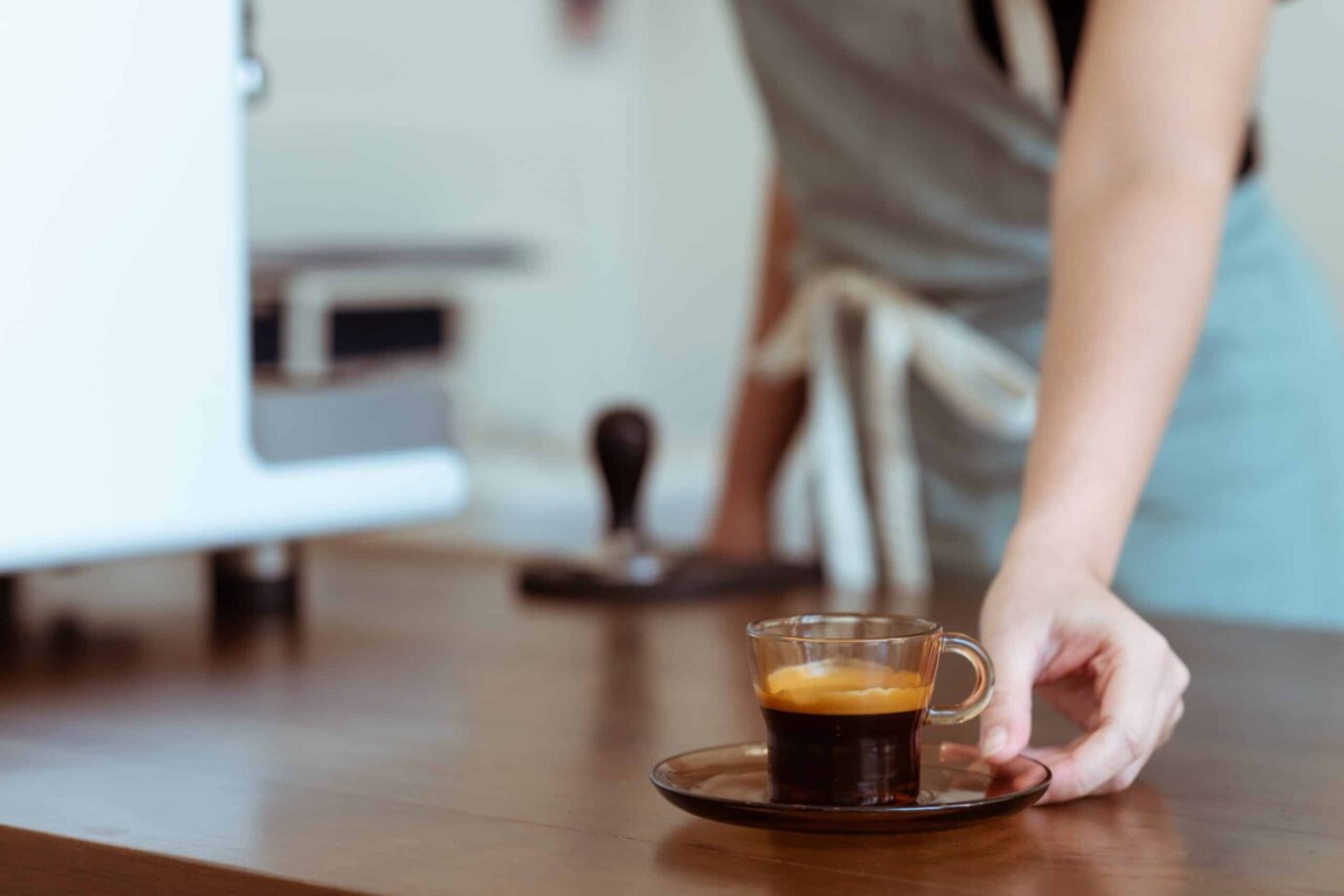August 29, 2022
What to Order When You Need a Strong Cup of Coffee

Looking for a bold bean to kickstart your day? Numa Coffee shares three qualities to look for in a highly caffeinated cup of craft coffee. Being a well educated, highly caffeinated coffee consumer might be easier than you think.
Most strong coffee fanatics know to order espresso over drip coffee when choosing a hot drink. Similarly, choosing cold brew over an iced latte when opting between cool drinks helps you power through the hot summer days. Read on to learn about the three main indicators that determine the caffeine content in coffee. These indicators will ensure your coffee choice gives you the boost you need when ordering from your local coffee roaster.
High Quality Craft Coffee
You can rest assured knowing that your morning pick-me-up does not come at the expense of quality. Every cup of Numa Coffee is craft coffee, grown by farmers who provide time and space for beans to fully mature. For coffee lovers who care, Numa provides specialty, roast-to-order coffee from fair-trade farms.
-
Roast
Don’t let dark roasts fool you — even high quality dark roast coffee typically contains less caffeine content than light roasts when measuring by volume, though they may taste stronger. If fruity flavor profiles suit your palate, choose a lighter roast and get a bit more of the caffeine you are seeking. Alternatively, if rich, chocolatey flavors feel like your cup of coffee, opt for a darker roast. Though this rule of thumb is true most of the time, there are occasions where different varieties of beans or additives might give a dark roast the “upper hand” in the battle for maximum caffeine.
Numa specializes in medium, medium-dark, and dark roasts. Just don’t let perceived strength keep you from enjoying your favorite flavors.
-
Bean
Know your beans. The Robusta bean, which is known for having a sharp, nutty flavor, is your strongest caffeine option, followed by the smoother, sweeter Arabica bean. Caffeination at the bean level is determined by grind size. A bean with a smaller grind size, and consequently larger exposed surface area, can produce a more caffeinated cup of coffee than a bean with a larger grind size.
This exposure also quickens the caffeine extraction process. Consider the finely ground coffee beans used in speedy espresso machines versus cold brew’s coarsely ground coffee and elongated brew process. Both produce strong coffees, but bean size plays a role in the process’ speed.
-
Brew
When grind size is set, wait on longer brew times to maximize the caffeine in your cup. Oftentimes, the longer it takes to brew your coffee, the more caffeine is extracted. By fully extracting your coffee, longer brew times also eliminate sour undertones.
Generally, coffee is best when brewed between 194°-214°. Hotter coffees tend to taste sweeter, balancing the boldness of your strong cup. Our brew guides walk you through the ideal temperature for your brewing method. The hotter the water used to brew, the more caffeine is extracted from the grinds — giving you the jolt you need to come up with a world-changing idea and get the kids to school on time.
Numa’s Purpose Beyond Coffee
Love is best shown in action, and sometimes that looks like making your coworker a hot cup of specialty, fair-trade coffee or gifting a fresh bag of roast-to-order coffee for Teacher Appreciation Week. Numa empowers you to do both.
Enjoying a strong cup of local, ethically-sourced coffee is one way to care for yourself, so you can better serve those around you. When you buy coffee products from Numa Coffee, your local coffee roaster, you are supporting coffee farmers, their families, and their communities. We’re excited to see how you use Numa Coffee to make a difference in your community.
